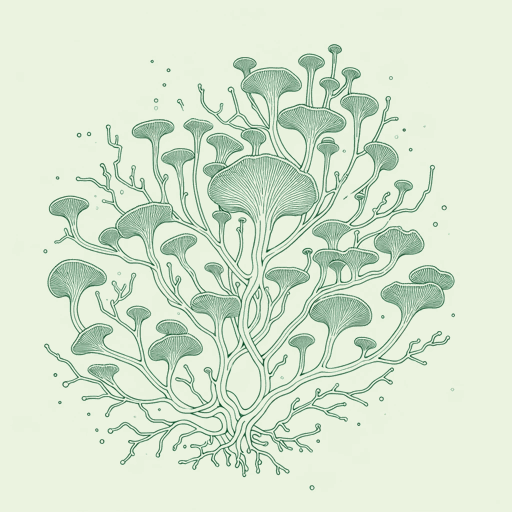44 pages • 1 hour read
Merlin SheldrakeEntangled Life: How Fungi Make Our Worlds, Change Our Minds & Shape Our Futures
Nonfiction | Book | Adult | Published in 2020A modern alternative to SparkNotes and CliffsNotes, SuperSummary offers high-quality Study Guides with detailed chapter summaries and analysis of major themes, characters, and more.
Background
Scientific Context
As discussed in Entangled Life, fungi have been a source of fascination for most, if not all, of human history. The first mushroom scientists were likely shamans and healers, who harnessed the powers of fungi to cure diseases and induce altered states of consciousness. Early farmers discovered that yeast could be used to make bread and alcohol.
Mycology, the academic study of fungus, has existed since the Renaissance. Italian scholar Giambattista della Porta made the first written observations of fungal spores in 1588. The 18th century saw rapid growth within mycology, beginning with Pier Antonio Micheli’s 1729 work Nova plantarum genera iuxta Tournefortii methodum disposita, which described 900 species of lichen and fungi and first proposed the idea that spores could grow into mushrooms. Later in the 18th century, Carl Linnaeus, who popularized taxonomic classification in biology, established many of the main categories of mushrooms known today.
For most of the 18th through 20th centuries, mycology was lumped in with ecology and plant biology. Although fungus has long been recognized as a separate biological kingdom, on the same level as the animal kingdom or plant kingdom, it was not given nearly the same level of research attention.
Featured Collections
Appearance Versus Reality
View Collection
Climate Change Reads
View Collection
Creative Nonfiction
View Collection
Earth Day
View Collection
New York Times Best Sellers
View Collection
Popular Book Club Picks
View Collection
Science & Nature
View Collection
SuperSummary Staff Picks
View Collection
YA Nonfiction
View Collection

